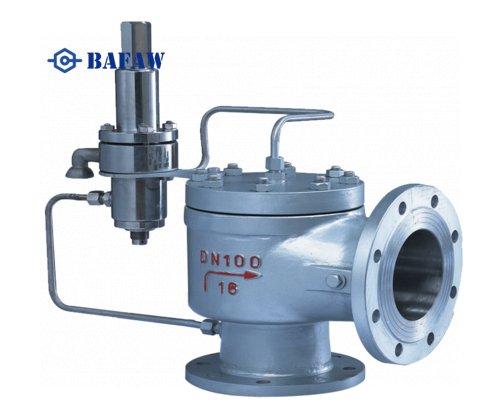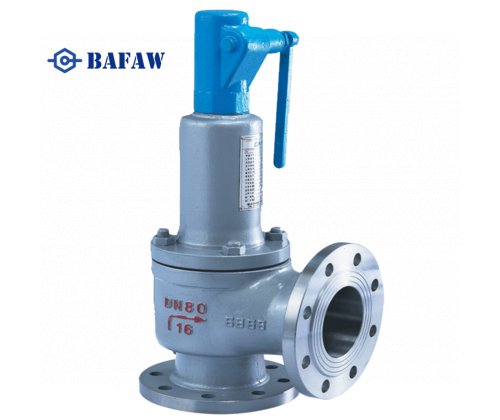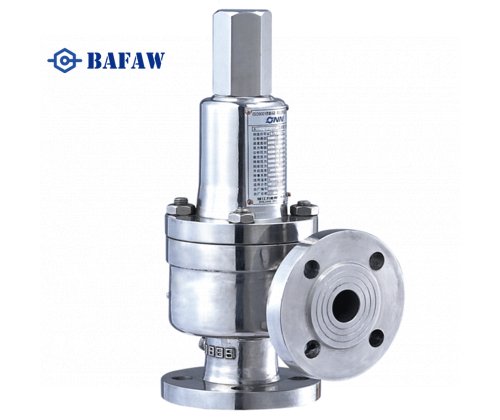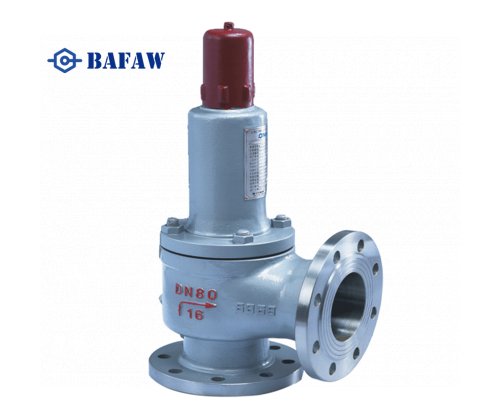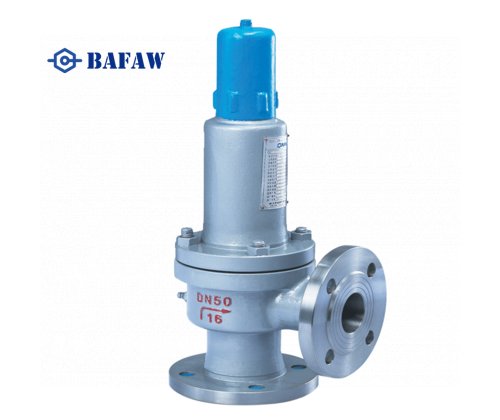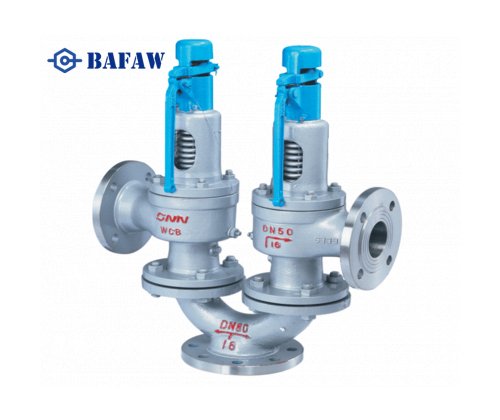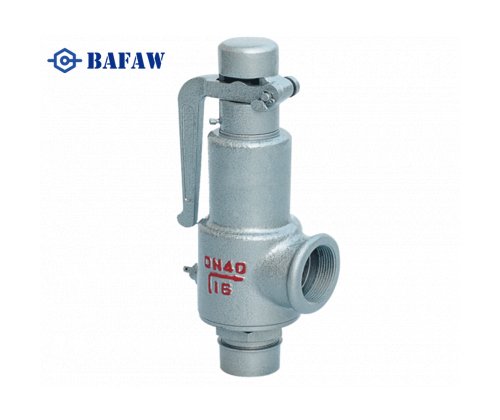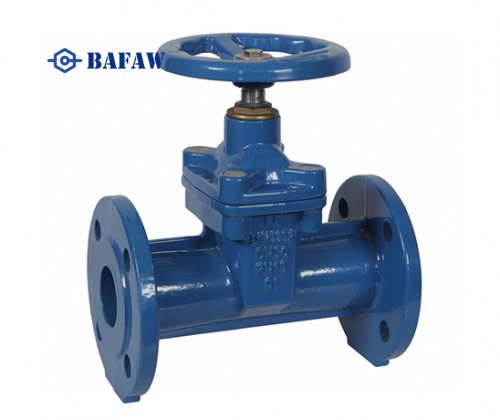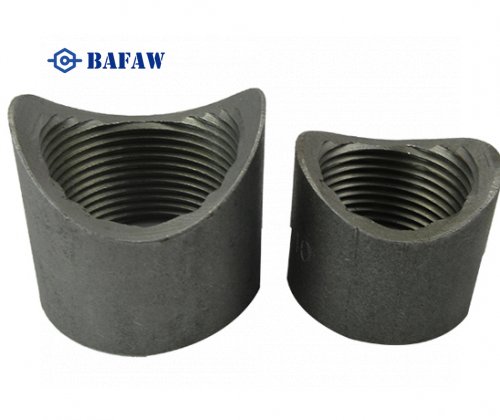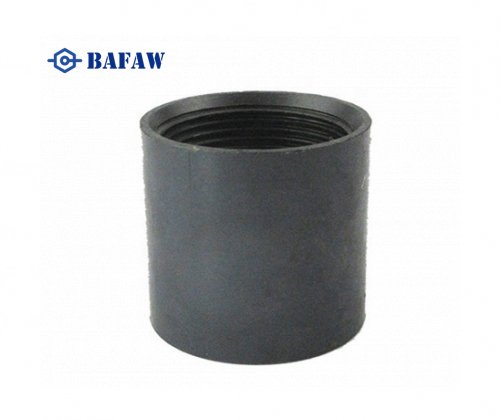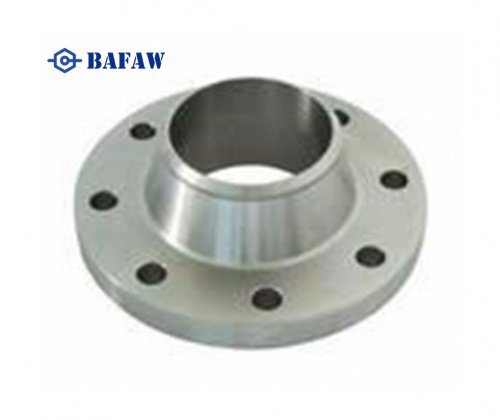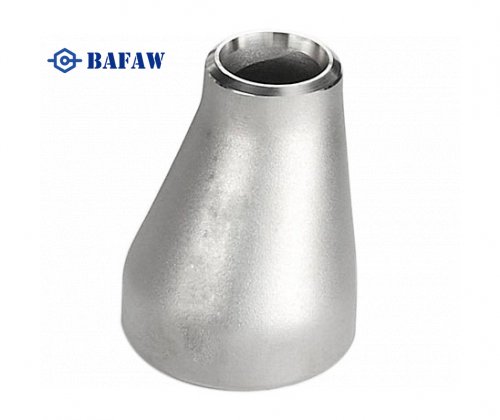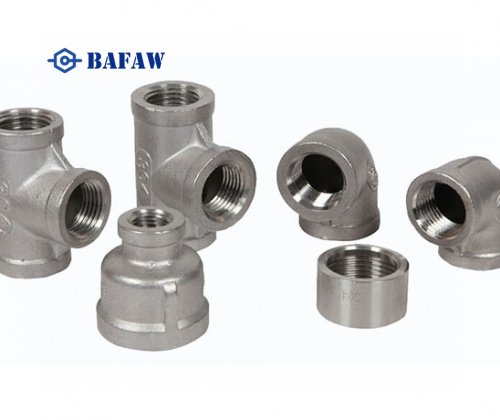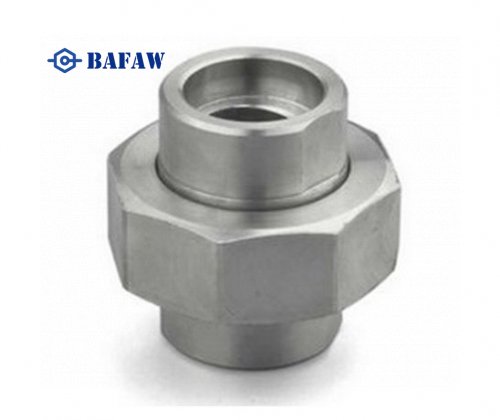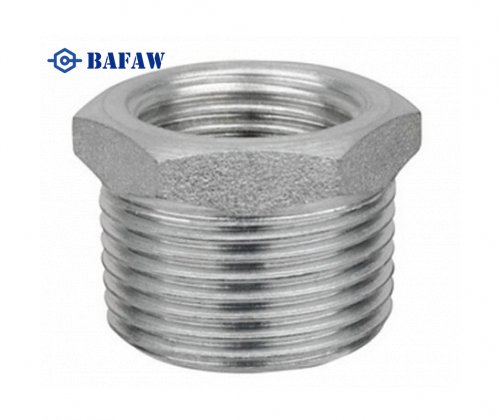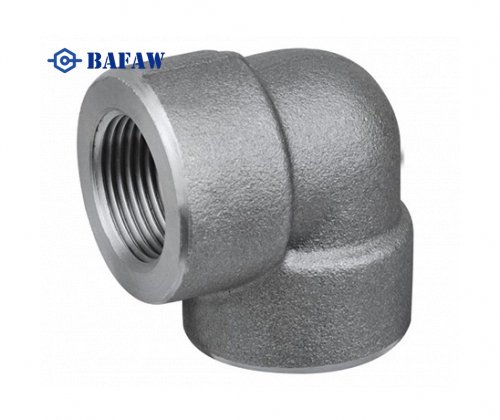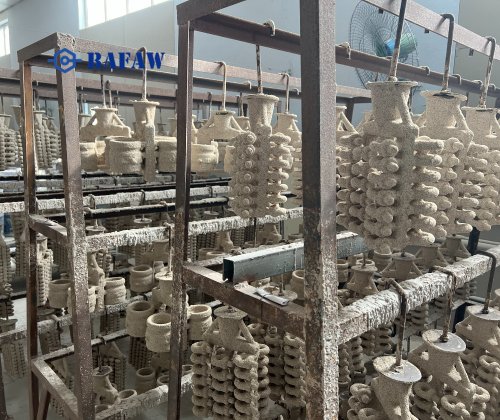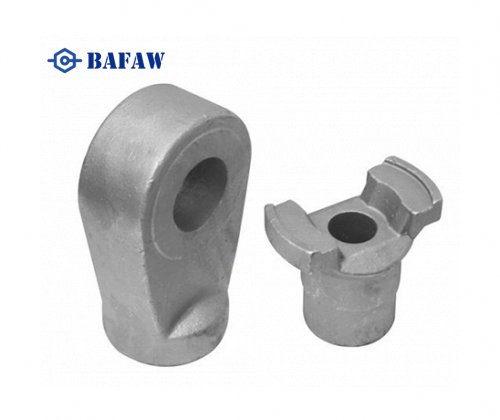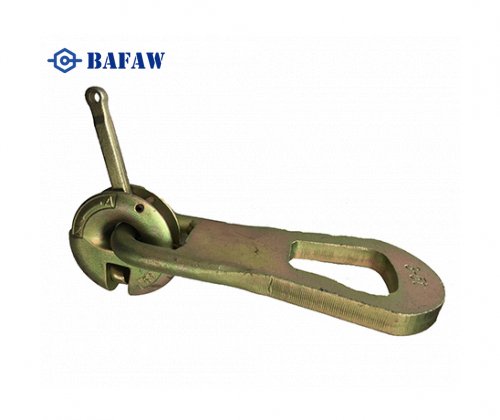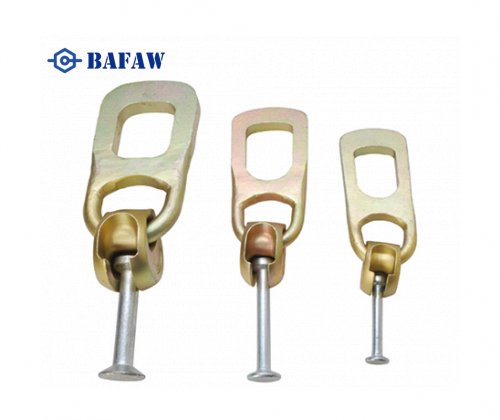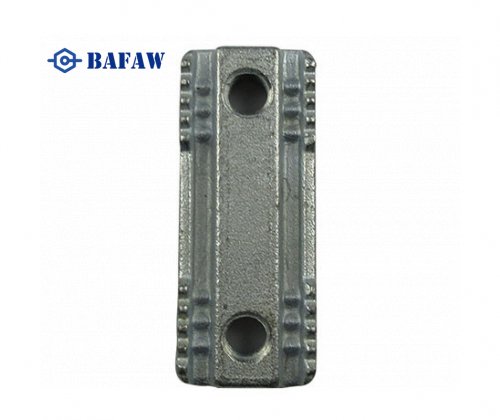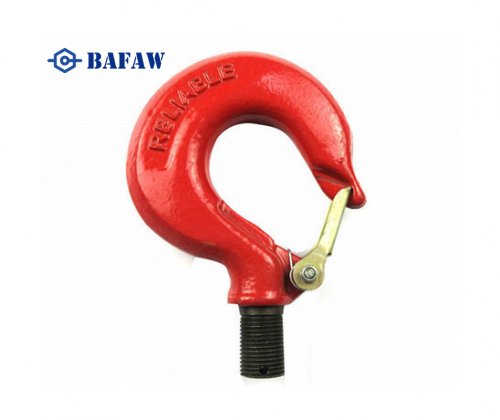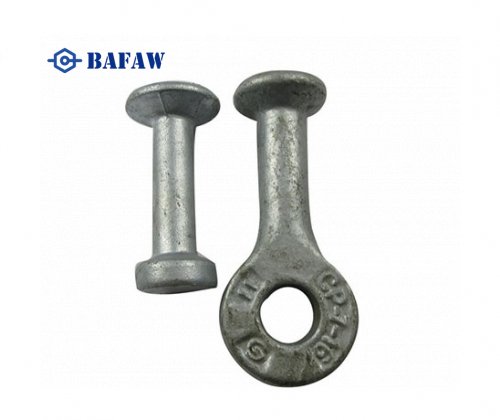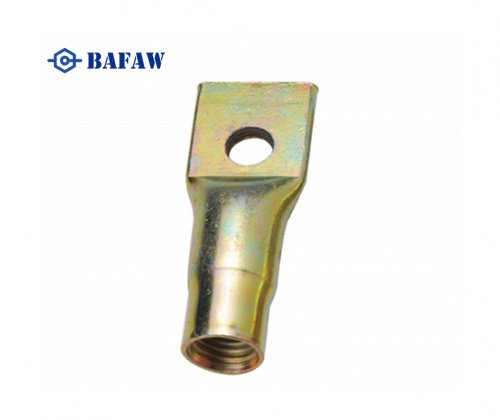Flanges are essential components in piping systems, providing a means for joining pipes, valves, and fittings. Among the various types of flanges, slip-on and lap joint flanges are commonly used but possess distinct characteristics and applications. Understanding the differences between these two types can help in selecting the appropriate flange for specific piping requirements.
Slip-On Flange
A slip-on flange consists of two flat flanges, each with holes for bolt installation. The end of the pipe is welded or connected to the flat surface of the flange, and bolts and nuts are used to secure the two flanges together. During installation, the pipe's end is slipped into the flange, creating a smooth connection. The working principle of slip-on flanges is relatively straightforward. The two flanges are tightened together with bolts and nuts, thereby clamping the pipe's end. Seal gaskets or packing materials between the flanges are typically used to prevent fluid leakage. Slip-on flanges are suitable for low-pressure or general pressure systems and are relatively easy to disassemble and replace pipeline components.

Slip-on flanges are relatively easy to install without the need for welding, allowing for quicker pipeline connections. Compared to Lap Joint Flanges, slip-on flanges are easier to maintain and replace because they only involve bolt and nut fixation. However, due to the use of packing materials or seal gaskets, slip-on flanges may not offer the same sealing performance as welded Lap Joint Flanges and are not suitable for high-pressure or high-temperature environments.
How do Slip-On Flange facilitate smooth flow transitions in piping systems?
Slip-On Flange play a vital role in ensuring the smooth flow of fluids within a piping system. They do the following:
Reducing Turbulence: Slip-On Flange are designed to allow for a smooth transition from the connected pipe to the inside of the flange. This gradual alignment minimizes disturbances in the fluid flow, thus reducing turbulence.
Reduced Pressure Drop: By facilitating a smooth transition, the Slip-On Flange helps maintain consistent pressure throughout the system. This is vital in applications where pressure stability is critical to performance and efficiency.
Ideal for critical applications: Where smooth flow must be maintained, such as in chemical processing or water treatment facilities, Slip-On Flange ensure that the system operates without unnecessary disruption or loss.
Lap Joint Flange
Lap Joint Flanges typically consist of two ring-shaped flanges, each with holes for bolt installation. The end of the pipe is overlapped with the end of the flange and then permanently connected together by welding. The working principle of Lap Joint Flanges involves welding the end of the pipe to the flange's port. This connection method is stronger and can withstand higher pressure and temperature.
Welded Lap Joint Flanges offer better sealing performance due to the welding connection, providing a stronger connection capable of withstanding higher pressure and temperature. However, once welded, Lap Joint Flange connections become permanent and are not easily disassembled or replaced, resulting in higher maintenance and replacement costs.

When should a lap flange be used instead of a slip-on flange?
Welded lap flanges can withstand higher pressures and temperatures due to better sealing performance and stronger connections as a result of the welded connection. However, once welded, the lap flange connection becomes permanent and cannot be easily removed or replaced, resulting in higher maintenance and replacement costs.
Slip-on flanges are often favored for their ease of installation, requiring little effort to align and secure. They are often used where time constraints are a factor and pressure requirements are moderate.
However, slip-on flanges have their limitations. They are not robust enough and are prone to leakage under high-pressure conditions, making them unsuitable for applications with stringent requirements for seal integrity.
In contrast, lap flanges are a reliable alternative. Their ability to withstand higher pressures and temperatures makes them ideal when operational demands exceed the capabilities of slip-on flanges. While the permanence of their welded connections may lead to increased maintenance costs, their durability and sealing performance in high-risk environments can offset these concerns.
Cost Considerations: Slip-On vs. Lap Joint Flanges
When selecting between slip-on and lap joint flanges, the cost is a crucial factor to weigh.
Slip-On Flanges
Initial Investment: These flanges are typically the more budget-friendly choice upfront. Their lower cost makes them appealing for projects with tight financial restrictions.
Widespread Use: Due to their affordability, slip-on flanges are often used in various applications, especially where cost-saving is a priority.
Lap Joint Flanges
Long-Term Savings: Although the initial expense may be higher, lap joint flanges can offer financial benefits over time. They are particularly advantageous in systems that necessitate frequent disassembly or adjustment.
Specialized Applications: They are ideal for large-diameter pipes and setups that require regular maintenance, potentially reducing operational costs in the long run.
In summary, the choice between slip-on and lap flanges depends on factors such as pressure requirements, ease of installation and maintenance considerations. Additionally, when choosing between the different types of flanges, factors such as size, the ideal flange design for a particular pipework system and the intended use of the flange must also be considered.
Understanding the differences between these two types of flanges is critical to selecting the most appropriate solution for a particular piping application. By evaluating these factors, you can make an informed decision that ensures compatibility and optimal performance of your piping system.
At BAFAW, we provide comprehensive solutions for piping systems, including a wide range of flange options tailored to meet your project requirements.

















